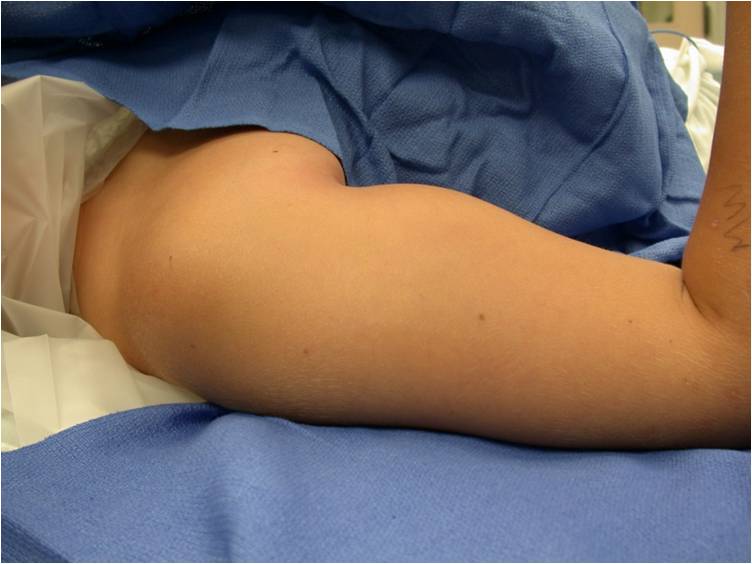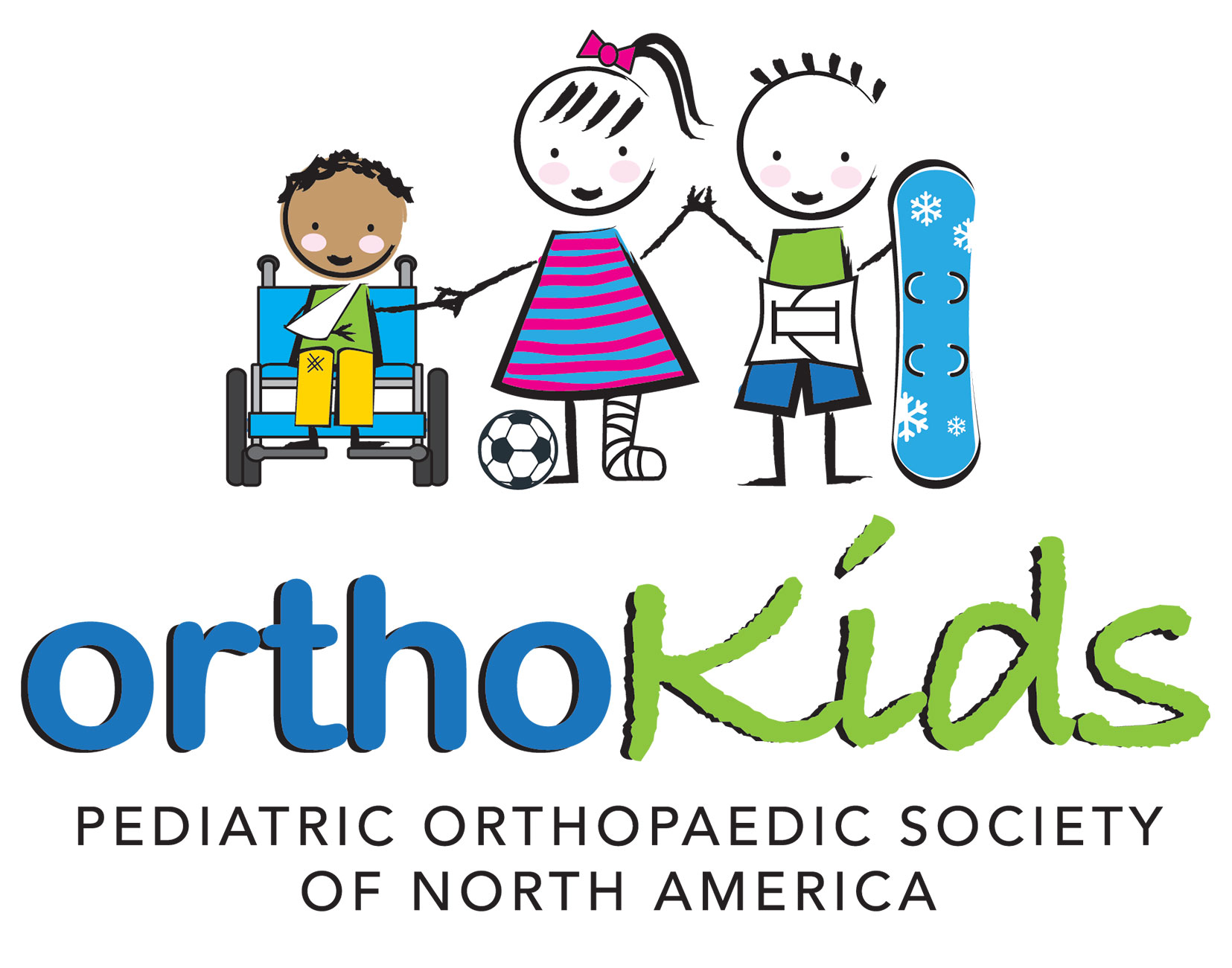Diseases & Conditions
Bone, Joint, and Muscle Infections in Children
Children can develop infections in their bones, joints, or muscles. Often referred to as "deep" infections, the technical names for these conditions are:
- Osteomyelitis (bone infection)
- Septic arthritis (joint infection)
- Pyomyositis (muscle infection)
- Abscess (isolated pocket of infection, with pus, typically in soft tissues)
This article covers the most common types of deep infections in children and includes the ways doctors identify and treat them.
Cause
Infections are usually caused by bacteria that are present in our normal living environment. The most common bacteria causing bone, joint, or muscle infections in children is Staphylococcus aureus (often referred to as Staph infections).
Bacteria can get into the body in a variety of ways. They circulate through the bloodstream until they reach a bone, joint, or muscle. Bacteria then leave the bloodstream and multiply in the bone, joint, or muscle tissues. Unfortunately, children are especially vulnerable to this type of infection.
Description
Deep infections most often occur in the joints and at the ends of long bones where they meet to form joints. These include:
- The hip, knee, and ankle joints of the leg
- The shoulder, elbow, and wrist joints of the arm
The large muscle groups of the thigh, groin, and pelvis are the most common locations for deep muscle infections.
The reason infections occur in these areas is due to the way blood flows to these locations. The blood flow to the ends of bone near growth centers (called growth plates) is slow, and these vessels are delicate. This allows bacteria in the bloodstream to easily escape into these areas. The bacteria then spread into neighboring joints and muscles, causing deep infections.
The blood supply to the spine, pelvis, and heels is similar to that of the long bones, and infections often develop in these areas, as well.
Infections pose special risks to young children for a number of reasons:
- Children under the age of 3 are easily infected. Their immune systems are not fully developed, and they tend to fall down a lot, opening the skin to infection.
- Infections spread quickly through a young child's circulation system and bone structure.
- Damage to bones and joints caused by infection can harm a child's growth and lead to shortening or angular deformity of a limb. It can also damage the cartilage of a joint. These problems may lead to permanent physical dysfunction. Infection of a joint is a surgical emergency.
Symptoms and Signs
Children who have infections of their bones, joints, or muscles often have the following:
- Fever
- Pain
- Redness or warmth of skin in the affected area
- Limited movement of the infected area — your child may limp or refuse to walk if the infection involves the legs or back
Infants may:
- Be irritable and lethargic
- Refuse to eat
- Vomit
Many children who have bone, joint, or muscle infections have had recent injuries. The symptoms of infection are often masked by those of the injury. Because parents assume the injury will get better over time, it may take them longer to notice the infection.
It is important to bring your child to a doctor immediately if symptoms are not quickly improving at home.
Doctor Examination
Medical History and Physical Examination
Make sure to tell your child's doctor the circumstances surrounding the symptoms, such as when the symptoms began, and whether there was a prior infection or injury.
After discussing your child's symptoms and medical history, the doctor will examine the painful area. They may ask your child to move the affected area to see whether movement increases the pain.
Tests
Other tests that may help your child's doctor confirm a diagnosis and plan your child's treatment include:
- Blood tests and tissue cultures. Tests on your child's blood, as well as fluid and/or tissue from the infected area, can help identify the bacteria or other organism causing the infection. This information about the infection helps your child's doctor determine the most effective ways to treat it. Cultures may take several days for final results.
- Imaging tests. Tests, such as X-rays, magnetic resonance imaging (MRI) scans, and ultrasound, provide your child's doctor with pictures of the bones, muscles, and soft tissues in the affected area. The doctor will look for swelling around bones and muscles, or fluid within the joints that are infected. This information helps the doctor when making the decision whether to treat the infection with antibiotics alone or to perform surgery to help address it.
- Aspiration. The doctor may use a needle to draw fluid out of a joint or pocket of infection, a procedure called aspiration. This may be done using X-ray- ultrasound-, or another type of guidance. Aspiration is often performed with sedation medication so your child feels less pain or is asleep during the procedure.
Treatment
Antibiotic Treatment
Prescribing antibiotics is the mainstay of treatment for infections.
- Intravenous. At first, your child will need to stay at the hospital to receive antibiotics through the veins (intravenous or IV). How long your child will stay in the hospital depends on how severe the infection is. Most children with bone, joint, or muscle infections are in the hospital for about 1 week.
- Oral. Culture testing helps your child's doctor discover which specific antibiotics will work against the infection. For many children, the antibiotic is eventually changed to a form that can be taken by mouth (orally) and given at home.
- PICC line. At times, oral antibiotics will not sufficiently control the infection, and prolonged intravenous (IV) antibiotics are needed. A special IV line called a PICC (pronounced "pick") line, allows the child to continue receiving necessary antibiotics while at home.
The amount of time a child needs to take antibiotics varies. In general, the duration is:
- 4 to 6 weeks for a bone infection
- 3 to 4 weeks for joint or muscle infections
It is very important to have your child take all of the antibiotics they are given, in exactly the way the medication is prescribed. If antibiotics aren't taken correctly, it may put your child at risk for return of the infection, sometimes even with resistance to the previous medication.
Surgical Treatment
In mild infections, antibiotics alone may resolve the condition. More serious infections, however, will need surgery to remove infected material (pus) from the area of infection. This procedure is called an irrigation and debridement.
For most children, one surgical procedure is enough, but more severe infections may require two or more surgeries to help resolve the infection.
Outcome
Most children will completely recover from deep infections after proper treatment. They are not likely to develop the same infection again. In most cases, children have no further problems and return to all of their activities.
In general, children do better when the infection is recognized early. There is a greater chance for full recovery when the infection is quickly identified and treated. The later the diagnosis is made, the more likely it is that the infection will cause greater damage to the bones, muscles, and other tissues that are involved.
Some problems can occur in children who have serious and prolonged infections. These include:
- Blood clots, otherwise rare in children, have been seen in children with MRSA infections.
- Growth arrest (a condition that causes bone to grow abnormally) and subsequent deformity can occur if the growth plate is injured.
- Fractures may occur if the bone that is weakened from the infection.
- Bone death (called avascular necrosis), though rare, may occur.
Methicillin Resistant Staphylococcus Aureus (MRSA)
In many communities, deep infections are more frequently being caused by a particular type of bacteria known as MRSA. This bacterium is more resistant to common antibiotics.
Currently, there are several antibiotics that work very well against MRSA and are tolerated very well by the children who are treated. Culture testing will help your treatment team identify MRSA infections and determine which antibiotics will be successful.
AAOS does not endorse any treatments, procedures, products, or physicians referenced herein. This information is provided as an educational service and is not intended to serve as medical advice. Anyone seeking specific orthopaedic advice or assistance should consult his or her orthopaedic surgeon, or locate one in your area through the AAOS Find an Orthopaedist program on this website.








